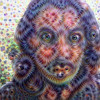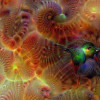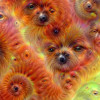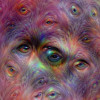In case you missed it, a couple weeks ago, Research at Google posted a fascinating blog post entitled, “Inceptionism: Going Deeper into Neural Networks.”
The team shares their experiments with artificial neural networks’ abilities to process imagery.
We train an artificial neural network by showing it millions of training examples and gradually adjusting the network parameters until it gives the classifications we want. The network typically consists of 10-30 stacked layers of artificial neurons. Each image is fed into the input layer, which then talks to the next layer, until eventually the “output” layer is reached. The network’s “answer” comes from this final output layer.
The results are stunning. It is as though Google has trained artificial intelligence to hallucinate.
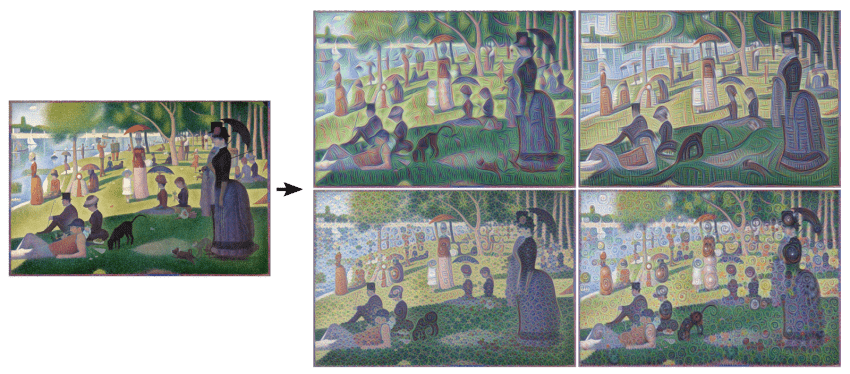
Left: Original painting by Georges Seurat. Right: processed images by Matthew McNaughton, Software Engineer
Using an open source IPython Notebook project that complements the Google Research work, artist Memo Akten decided to try his hand at “inceptionism,” using a video of himself as source material. It is not a disappointing experiment. The viewer is plunged (twice) into fractal acid trips littered with what look like puppy faces and hummingbirds.
For more information, check out Google’s follow up post containing instructions for getting started.







